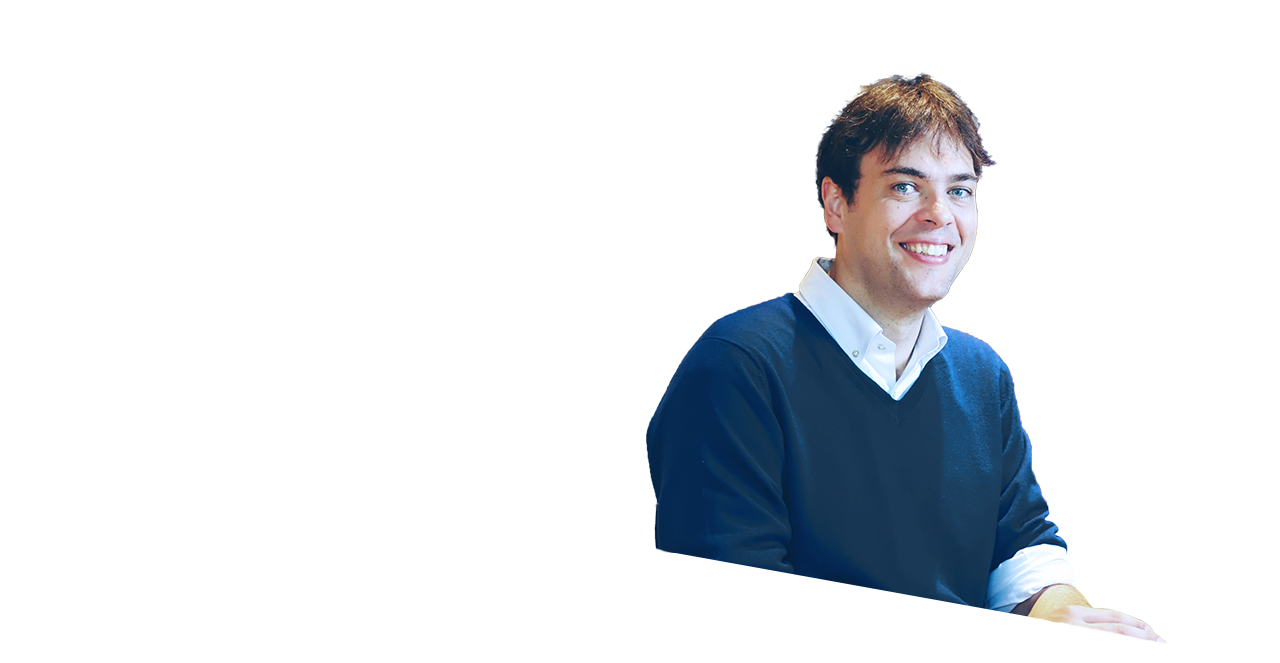
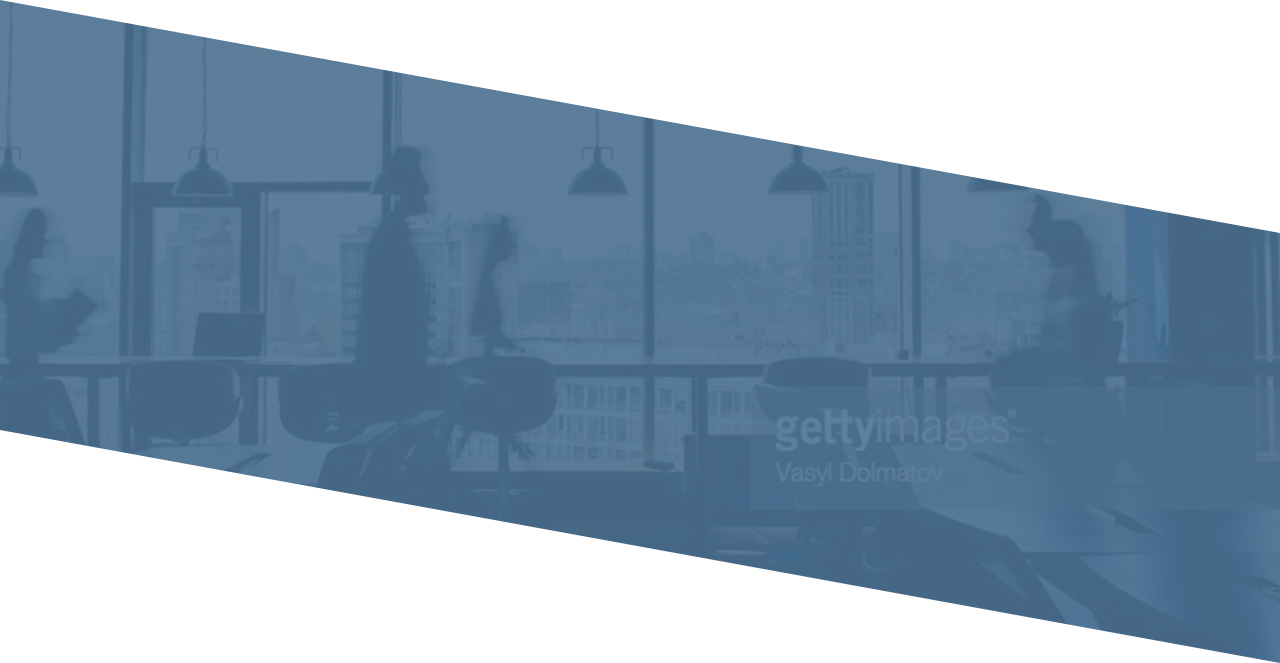
Connects domestic and
international companies and professionals
to contribute to increasing wind power.
Wind power facilities
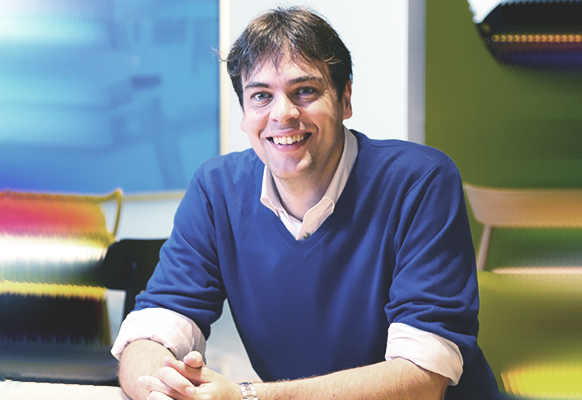
As a domestic leader in the field of wind power
As one of the renewable energies, wind power generation has been expanded in its installation scale mainly in Europe. This field is now in the spotlight not just for its energy creation but as a new industry. It creates jobs for half-million people around the world, out of which 5,000 representing 1% are employed in Japan. Although Japan is behind in its efforts, the environment has been improved steadily to increase wind power generation, such as that inspection of construction plan for wind power facilities was made compulsory to comply with the Electricity Business Act due to the revision of ”ministerial ordinance to specify technical standards for wind power facilities for electricity generation” in 2014. In this context, KKE, as the only architect office, undertakes design work for wind power facilities’ support structures (towers and bases) and handling of inspection by Industrial Safety and Inspection Department. Today, wind power facilities are being installed at various locations in Japan, and most of the windmills used there are made by overseas makers. Partly due to such circumstances, KKE, which has knowledge on Japanese construction rules and particular natural phenomena including earthquakes and typhoons, is raising high expectations in its evaluation for the sake of windmill’s safe construction.

Leading cross-border projects to success
I am in charge of tower design and base design of windmills for wind power generation. In some projects, I get involved not as a designer but as a PL (project leader). When I am in charge of designing, I do the calculation for analyses of wind and windmill towers by myself. When I work as a PL, my main job is to be the contact person for clients and check project management and quality. The moment I find my job rewarding the most is when I explain Japanese rules, the way of doing and design policies to our clients overseas and have a discussion. In the windmill industry, where there are multinational players, 30% of the practical business is conducted in foreign languages. In such an environment, I gain great pleasure if I am able to carry out a project successfully using my comprehensive knowledge and communication ability in English, Japanese, Spanish and Catalan. When I hear them say like “We couldn’t have done it without you” or “We want someone like you,” I really feel that I could utilize my abilities, and this experience makes me more motivated and energized for the next work.
My ordinary day
-
9:00 a.m.
Arrive at work, check e-mails
-
10:00 a.m.
Confirm the current status of each project, and do some work
-
12:00 noon
Lunch
-
1:00 p.m.
Design work, internal & external meetings, check materials
-
7:30 p.m.
Leave office (leave at 5:00 p.m. when I pick up my child)
A climate where we can pursue our interests
At KKE, members with foreign citizenship are not unique. Although there were only graduates of universities in Japan when I joined, the number of graduates of overseas universities, mainly in ASEAN, has increased in the past several years. In fact, we have an Indonesian in our team. It may be a little difficult for those who have little experience living in Japan to be accustomed to Japanese society. However, KKE is trying to support such members with foreign nationality to get used to their life in Japan as soon as possible by assisting their learning of Japanese and providing information in English. The company climate is well suited for “people full of curiosity” and “people who want to try something of their interest.” For myself, the next challenge is to understand off- shore wind turbine and the international standards for its design method. Construction of windmills on the ocean is unknown territory to me because they are subject to phenomena that are totally different from on land. However, I am anxious to create new values, named offshore wind turbine, by asking for analytical advice and insight from engineers working in 30 departments of KKE, or by obtaining knowledge from technology institutes of other companies and overseas consultants.
Staff Interviews
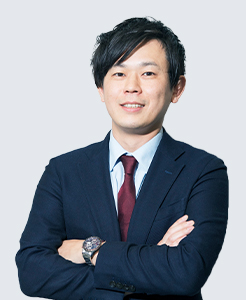
Disaster Preparedness
BIM Design
Stationed in Kumamoto, he travels around the country, pursuing architecture of the future.
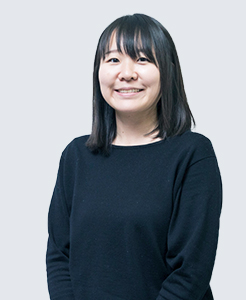
Design support for manufacturing industry
Promoting innovation of manufacturing industry with “Design Automation”
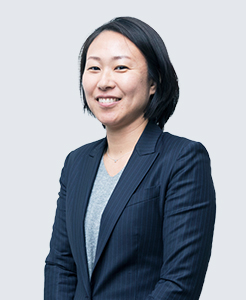
Telecommunication
Radio wave propagation
Challenge the radio wave utilization frontier beyond the border of companies and nations.
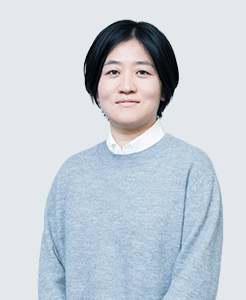
Disaster Preparedness
Creation of earthquake motion
Using fostered “earthquake motion” technology for a more critical mission.
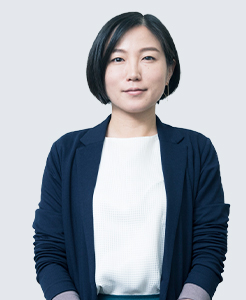
Cloud Service
Sells a global service supporting companies’ e-mail distribution
to the Japanese market.
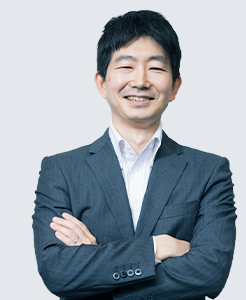
Disaster Preparedness
Simulation of indoor damage
Contributes to social security and safety via technologies to protect people and facilities in buildings.
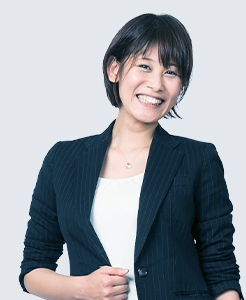
Disaster Preparedness
Seismic diagnosis, design for refurbishment
Increases buildings’ seismic capacities for longer and safer use.
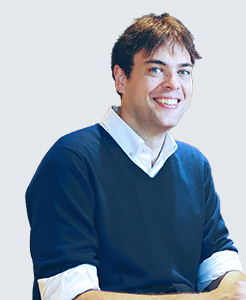
Disaster Preparedness
Structural design, Wind power facilities
Connects domestic and international companies and professionals to contribute to increasing wind power.
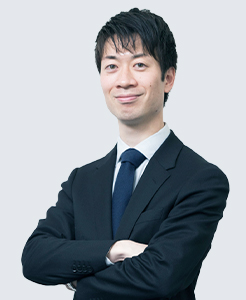
Indoor 3D map
While listening to the clients’ problems, contribute to productivity enhancement with the latest technology.



